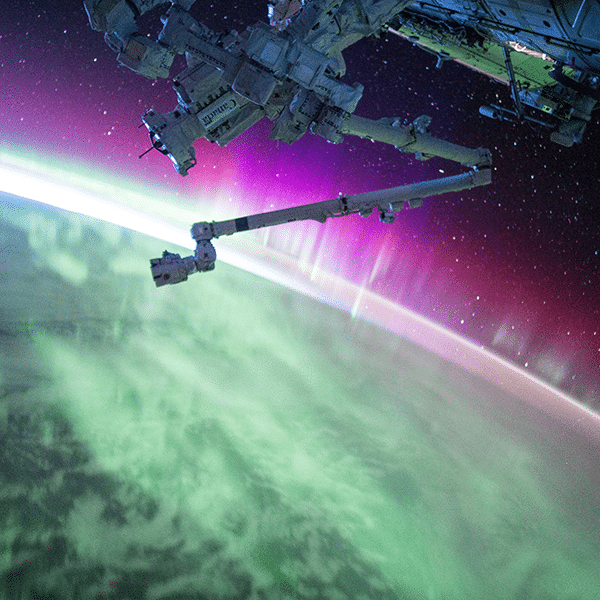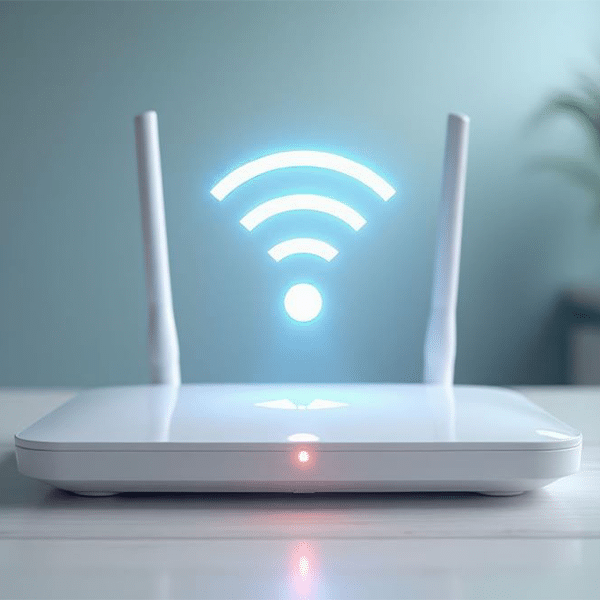Increased involvement by China and Europe in the low-earth-orbit (LEO) satellite sector will increase the number of satellites in operational orbit from 7,473 in 2023 to about 42,600 by 2032, according to a new report from ABI Research.
ABI says that there are “vast opportunities” for growth, which will be seen in both the national sector and in commercial verticals. Rachel Kong, an ABI Research Analyst, indicated in a press release that a key element of the growth will be in the Asia-Pacific, Southeast Asia, and African markets.
Key players in the related AI and edge processing area mentioned in the release are AWS, Spire Global, Telesat Lightspeed, D-Orbit, Anduril, and Ubotica. Chinese operators are Spacesail, the China Satellite Network Group, and Shanghai Landscape Technology.
The State of LEO Satellite report covers both LEO and VLEO (very-low-earth orbit satellites with orbits of about 450 kilometers).
“As we observe more competitors innovating their technologies and upgrading their satellite constellations to stay ahead in the space race, we anticipate a surge in commercial investment in satellite services and applications, including the Internet of Things (IoT), remote sensing, and global satellite communications,” Kong said in the press release about the LEO satellites report.
“Additionally, advancements in real-time data processing and analysis, coupled with growing competition in value-added services such as artificial intelligence (AI) and edge processing, will spur increased applications in the Earth observation industry. These factors are expected to drive significant growth in the LEO satellite market in the coming decade.”
The report covers both types of services provided by LEO satellites: Those that offer fixed wireless services and those that connect to cell phones and are essentially cell towers in orbit. Fixed wireless LEO services are offered by Amazon Kuiper and SpaceX. Satellite-to-cellphone LEO services include AST SpaceMobile, Skylo, and SpaceX. These providers provide the technology to major carriers including AT&T, T-Mobile, and Verizon.
Amazon’s Project Kuiper plans to take a big step tomorrow with Atlas 1 (KA-01), which is the deployment of 27 satellites 280 miles above earth. The Project Kuiper satellites will be launched at the Cape Canaveral Space Force Station by a United Launch Alliance (ULA) Atlas V rocket no earlier than noon EDT.
T-Mobile announced direct-to-cell-phone services in a Super Bowl commercial in February. The service, which now is in beta, uses a combination of satellite and mobile technology to help keep people connected in the more than 500,000 square miles of the country unreached by any carrier’s earth-bound cell towers.



